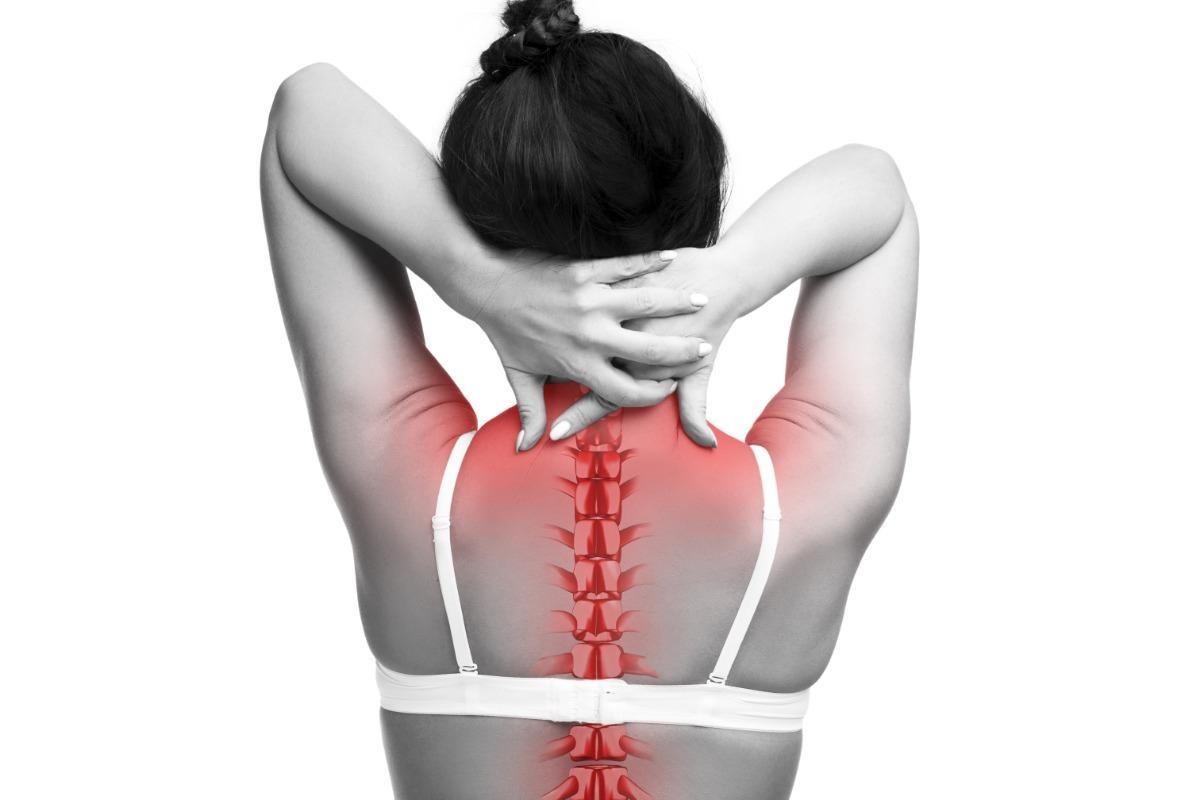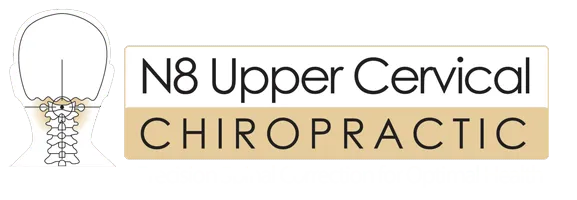
When someone is suffering from sciatica, it is a symptom of leg pain that can be accompanied by tingling, weakness, or numbness. The symptoms start in the lower back and shoot down to the buttocks and the back of the leg. In most cases, this affects only one leg. Sciatica is not a medical diagnosis, but it is an indication of an underlying medical condition. Here are a few reasons behind why sciatica may be happening:
A lumbar herniated disc
Spinal stenosis
Degenerative disc disease
Spondylolisthesis
Bone spurs
Piriformis syndrome
Improper posture
Injury to the neck or head
Spinal tumors
Tumors on the nerve roots of the spinal cord
The Pain of Sciatica
Sciatica is commonly associated with one or more of the following:
Leg pain that is described as burning, searing, or tingling
A sharp pain that makes it difficult to stand up or walk
Constant pain usually on only one side of the buttocks or legs
Pain that radiates down the leg and possibly into the foot and toes
Pain that worsens when sitting for a long time but may feel better when lying down or walking
Difficulty, weakness, or numbness when trying to move the leg, foot, or toes
Pain may be infrequent and irritating or constant and incapacitating
Symptoms depend on the location of the irritated or pinched nerve
It is extremely rare for sciatica to result in any kind of permanent sciatic nerve damage or tissue damage. Symptoms could spike when you sneeze, cough, or change positions. A number of the listed symptoms will only be present if you have a specific condition. For example, in a situation where the person has spinal stenosis, bending the body backward or walking long distances may trigger symptoms. If you have a lumbar herniated disc, bending forward could be a trigger for your sciatica.
The Nerve Roots
The sciatic nerve is the largest single nerve in the human body. It is located along each side of the lower spine, travelling through the buttocks and into the back of the thigh, all the way to the foot. Its role is to connect the spinal cord with the leg and foot. There are two nerve roots that exit the lumbar spine and three that exit the sacral segment. All five of these nerves form the sciatic nerve and then branch out down each leg. Depending on which spinal nerve is affected, specific symptoms of sciatica will occur, such as the following:
L4 nerve root sciatica: Commonly affecting the thigh, making it difficult to straighten your leg and could even diminish the knee-jerk reflexes
L5 nerve root sciatica: Usually, symptoms extend to the big toe and ankle – referred to as foot drop. You will often feel pain or numbness on the top of the foot and in the web of skin between the big toe and the second toe.
S1 nerve root sciatica: This impacts the outer part of the foot and may radiate into the little toe or toes. You may notice weakness when you try to raise your heel off the ground and stand on your tiptoes. The reflex involving the ankle-jerk response may be limited.
In some situations, there could be more than one nerve root being compressed, resulting in a combination of the above-mentioned symptoms.
When Do You Need Professional Help with Your Sciatica?
Despite the alarming pain involved, sciatica is not usually serious. With that in mind, it is important to consider that if sometimes symptoms suddenly get worse. If anything listed below is what you are experiencing, please see your doctor right away:
Your sciatic pain keeps getting worse and does not improve. This could mean that there is nerve damage, especially if you are having leg weakness.
Symptoms occur in both legs (called bilateral sciatica) and are causing dysfunctions with your bowels and bladder. You may also notice a dysfunction or altered sensation in the genital area. This can indicate cauda equina syndrome, another rare situation. These could potentially lead to paralysis and should be taken seriously.
Your sciatica follows a trauma or accident and is accompanied by fever or loss of appetite or other abnormal symptoms.
Do-It-Yourself Care for Sciatica
Here are a few ways that you can tend to your discomfort without the need for surgeries. Just know that until the nerve compression problem is dealt with, it will probably reoccur. Here are some ways to cope with sciatica:
Heat and ice: Heat or ice can be applied for 20-minute intervals. Try either one because it may surprise you which one provides the most relief, but know that it is best to try them one at a time. To prevent frostbite, always wrap ice before applying to your skin.
Pain medications: Over-the-counter or prescription medications can help provide temporary pain relief. Nonsteroidal anti-inflammatories, such as ibuprofen, can help reduce inflammation. Stronger drugs such as muscle relaxers or narcotics can be used for short-term relief.
A Natural Way to Care for Sciatica with Zero Side-Effects
Upper cervical chiropractic care is one alternative that people are opting for when looking for a natural solution for their sciatica. The approach of correcting the bones of the upper neck to achieve relief for the lower back may seem unusual, but there has been much success recorded thus far. The reason for this is that the spinal cord travels within the vertebrae of the spine, all the way to the brainstem, which is located in upper cervical spine. When a misalignment happens in this area, it can cause compensations all the way down the spine.
The method used by upper cervical chiropractors is both gentle and precise. We take our patients through a thorough examination to identify the exact location as well as the degree of any subluxation that is present. An upper cervical adjustment often provides patients with immediate results and improvement in their sciatica, and in some cases, it resolves the issue entirely.
To schedule a consultation with N8 Upper Cervical Chiropractic clinic, call (02) 8553-6218 or just click the button below.
If you are outside of the local area, you can find an Upper Cervical Chiropractor near you at www.uppercervicalawareness.com.

